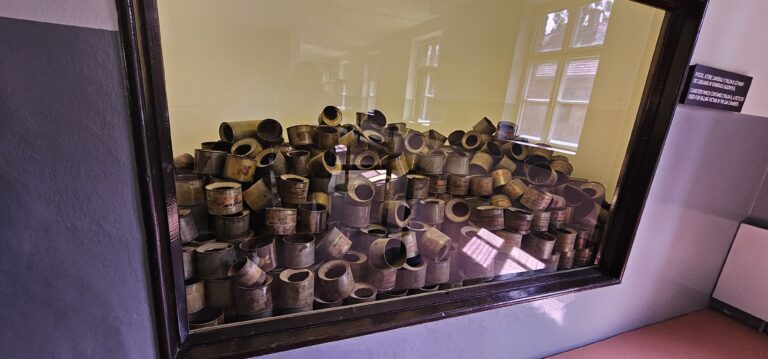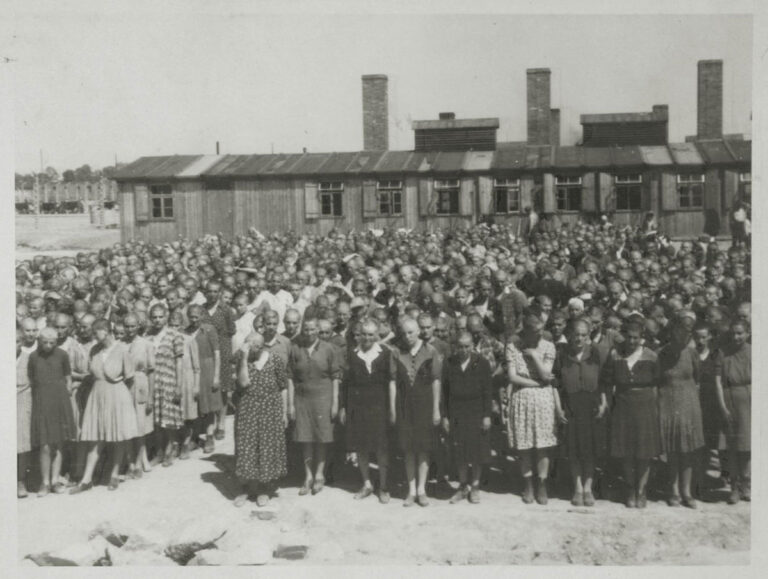Learn about the historical background of the Auschwitz-Birkenau Memorial. This section explores the origins of the camp, its role during World War II, the lives of its prisoners, and how it became a place of memory and reflection. Here you’ll find articles based on facts, testimonies, and archival research.
Auschwitz Museum History – From Liberation to Global Memory
From Camp to Memorial Auschwitz Museum history begins with the liberation of Auschwitz-Birkenau on 27 January 1945. The Red Army found around 7,000 prisoners, many gravely ill and emaciated. In the days and weeks that followed, field hospitals were established…
Everyday Life in Auschwitz
Introduction – Daily life in Auschwitz Daily life in Auschwitz was engineered to dehumanise. From the first minutes after arrival—head shaving, loss of personal belongings, and registration—prisoners were reduced to numbers and pushed into a routine of hunger, fear, and…
Auschwitz Trials – Justice after the Holocaust
Introduction – Seeking Justice after Auschwitz Auschwitz Trials were the first attempts to bring justice after the liberation of the camp on 27 January 1945. When the Red Army entered Auschwitz, the world confronted evidence of crimes on an unprecedented…
Roma in Auschwitz – The Zigeunerlager and the Night of 2 August 1944
Introduction – Roma and Sinti during the Holocaust Roma in Auschwitz were part of the wider tragedy of Roma and Sinti under Nazi rule. They were among the groups persecuted systematically, with policies evolving from exclusion and discrimination in prewar…
Women in Auschwitz – Daily Life, Mothers, and Survival
Introduction – Women in Auschwitz Between 1942 and 1944, around 400,000 women were deported to Auschwitz. Only a fraction survived. Their stories reveal both the specific brutality they endured and the strength of solidarity that often helped them resist despair.…





